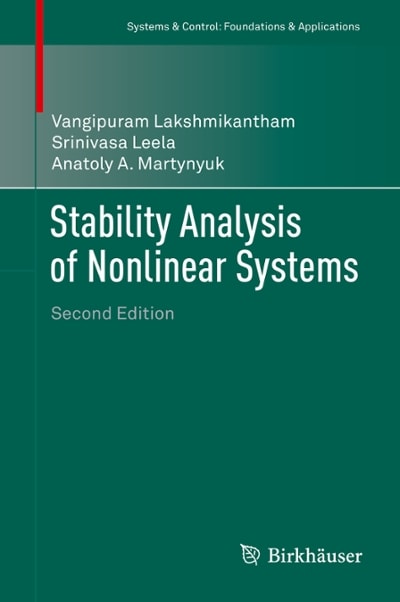Probability can be approximately understood as a relative proportion {similar to percentages, but scaled to 1} instead of an exact number. For example in a given university class assume that llath of the class has lQ more than 120 {assumed intelligent}, THBDth of the class likes chocolate, and Sfath of the class likes Statistics. a. what is an upper bound on the probability that a randomly sampled student will like either chocolate or statistics? b. If the probability of the students liking both chocolate and statistics is 5.80, what is the probability of students liking either chocolate or statistics? c. If we additionally know that only intelligent students {IE1 greater than 120} like chocolate or statistics, what is the probability of students being not intelligent in the class? Mon ash University uses Allocate+ to allocate tuto rial {laboratory sessions to students, one allocation for each student. Assume there are 400 student enrolled for ENGSUDl and that the allocation is random instead of preference based. Note: none of the below numbers need to be simplified to a single number. i. Suppose there are only 2 labs available and that there is no limit to the number of students that can be assigned to either lab. How many dillere nt possible combinations of students can there be? What is the number if there were 10 labs? Note that each student gets only one allocation. ii. Say instructor only wants to know the number of students enrolled in ea ch of the two sessions and doesn't ca re about which particular students are in each. How many possible class sizes could you see for the two tutorials? iii. Assume that the size of one of the labs is xed to exactly 5 students, with 5 seats arranged, and that all students are present. Assume a seating arrangement is diflerent even if one student is different or differently seated. How many possible seating arrangements can there be using the 400 students? iv. Now consider that the seating arrangement is not important and only students in the class are of interest. Assume that a lab is dif'lerent even if a single student changes. How many diflerent labs can the tutor see? v. Finally, consider that there are now 10 labs running with exactly 40 students in each lab. Assuming we don't care about the arrangement of students within a lab, how many diflere nt unique combinations of students and labs are possible







